Rubber Molding Process
Rubber Injection Molding Process / Rubber Compression Molding Process / Rubber Transfer Molding Process
At Qualiform, we complete every rubber molding process, including our advanced rubber injection molding, right here in the U.S.A. We manufacture custom rubber components to precise specifications, ensuring consistent quality, fast turnaround, and cost-effective solutions. Our 24-hour, three-shift production schedule allows for quick delivery—even on short runs—while our eco-friendly practices and raw material cost controls help keep pricing competitive.
Trusted by OEMs in automotive, aerospace, healthcare, electronics, plumbing, and transportation, Qualiform is a reliable source for high-performance, American-made rubber products.
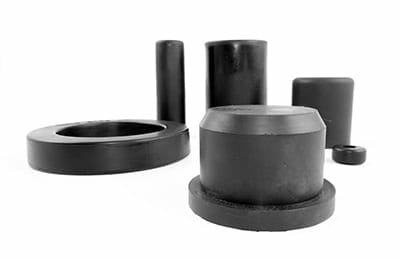
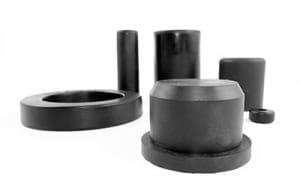
Rubber Injection Molding
Injection Molding Process / Advantages of Injection Molding / Disadvantages of Injection Molding
At Qualiform, every rubber molding process, including our advanced rubber injection molding, is completed in the U.S.A. We produce custom rubber components to exact specifications, offering consistent quality, fast turnaround, and cost-effective solutions. Our 24-hour, 3-shift production schedule enables quick delivery—even on short runs—while our eco-conscious practices and raw material cost controls keep pricing competitive.
Trusted by OEMs in automotive, aerospace, healthcare, electronics, plumbing, and transportation, Qualiform is a reliable source for high-performance, American-made rubber products.
Rubber Injection Molding Process Description
Rubber injection molding successfully alters the plastics process by heating the rubber and placing it under significantly more pressure per square inch of cavity surface in molding. Through various innovations, injection molding has become one of the most efficient ways to create molded rubber products in many cases.
The process of injection and injection-transfer molding starts with efficient material preparation. To begin, the material is mixed in bulk and then stripped immediately into continuous approx. 1.25″ wide & .375″ strips. The strips of uncured rubber stock are then fed from a hopper into the rubber molding injection equipment via a conveyance channel.
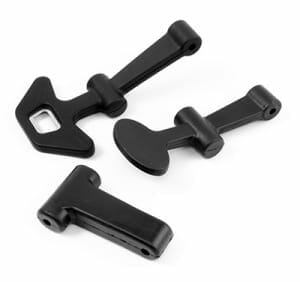
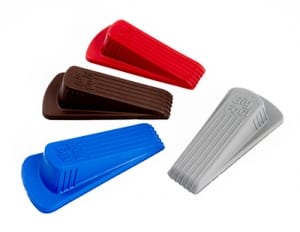
A large auger type screw moves the stock into a barrel that holds a specific amount of rubber stock. As it turns and moves through the channel into the injection unit, the material is heated. As the rubber stock is heated, it plasticizes to a target temperature. The plasticized rubber material is then injected into a heated mold cavity held under high-pressure. A runner and gate system is used similarly to the plastic injection molding process. The temperature and pressure activate the cure of the rubber compound, vulcanizing it. Once the rubber reaches and required level of cure, it is allowed to cool and reach a solid state within the mold. The molds open and parts are removed or ejected ready for the next cycle.
Advantages of the Rubber Injection Molding
- A highly efficient process
- Can be fully automated with automatic material feeding
- Provide high precision rubber molded products
- Superior process for consistency and repeatability
- Allows for molding of complex geometry
- Ideal over-molding of inserts, overmolded components and rubber to metal bonding
- Eliminate preforms and preform labor cost
- Flashless molding / flashless tooling / eliminating secondary trimming
- Rapid cavity filling
- Reduced cycle time
- Minimal material waste
Disadvantages of Rubber Injection Molding
- Higher start-up/shutdown costs
- Suited for high volume applications
- Not all elastomers are suitable
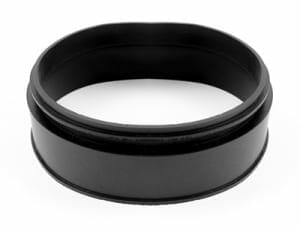
Injection Molded Applications:
- Rubber boots
- Rubber gaskets
- Rubber seals
- Rubber grommets
- Colored rubber products
- Rubber bumpers
- Rubber grips
- Rubber diaphragms
- Rubber bellows
- Rubber shock absorbers
- Rubber to metal bonding products
- Complex rubber products
- Vibration control parts / vibration isolation parts
- Chemical or corrosion resistant parts
- Abrasion-resistant parts
- Custom rubber parts
Compression Molding
Compression Molding Process / Advantages of Compression Molding / Disadvantages of Compression Molding
Rubber compression molding is an ideal process for low to medium volume production of rubber products. This rubber molding process can produce a diverse range of precision rubber molded components. Allowing for the affordable production of large, intricate products. It is often used to produce environmental seal products such as rubber o-rings, seals and gaskets.
The Rubber Compression Molding Process
Compression molding is a process that involves taking a rubber compound or mixed raw material and creating “pre-forms” in the basic shape of the end product.
This rubber molding process uses a preformed piece of uncured rubber that is placed in an open mold cavity. The mold is preheated to an elevated temperature. As the mold closes, the material is compressed and flows to fill the rubber mold cavity. A combination of high-pressure and elevated temperatures activates the curing of the rubber compound, aka vulcanization. The optimal level of cure is achieved, the part hardens and cools then the mold is opened and part removed. The cycle repeats with the next rubber preform inserted into the rubber mold.
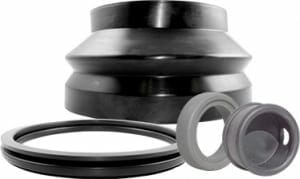
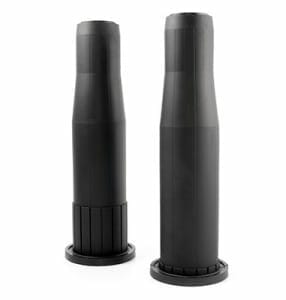
The Benefits of the Compression Molding Process
- Economical process
- Low-cost tooling compared to rubber injection molding
- Maximized cavity count
- Ideal for large parts that require a long cure time
- Can process most elastomers and cure systems
Disadvantages of Compression Molding
- Longer cycle times
- Mid-range precision and consistency
- Labor intensive
Applications of compression molding range from simple drive belts to complex large diameter diaphragms.
Compression Molded Applications:
- Rubber Air Guage
- Bumper for Suspension
- Hospital Bed Tires
- Commercial Washing Machine Seals
- Rubber Seals
Transfer Molding
Transfer Molding Process / Advantages of Transfer Molding / Disadvantages of Transfer Molding
The transfer molding process can be used to produce both solid rubber parts and parts that require bonding rubber to a metal or non-metallic component. Examples of parts manufactured with transfer molding include vibration isolators and shock absorbers.
The Rubber Transfer Molding Process
Similar to compression molding, transfer molding requires raw material preparation into pellets and/or pre-forms. Rather than placing the preform in the mold cavity, the preformed material is placed in a “pot” located between the top plate and a plunger. In the pot, the material is compressed by the heated plunger and forced (transferred) through sprues into the cavity below. The plunger is kept in place until the preform takes on the shape of the mold and the cure is reached, vulcanized. The part is allowed to harden, cool, then is ejected. The cull pad, any cured rubber left in the pot, is removed, mold cavities are cleaned and the next molding cycle begins.
When used for rubber to metal bonding, the transfer molding process requires the components are loaded into a heated mold either by hand or using a loading fixture. Material is loaded into the well pot of the transfer mold. The mold closes and the heated rubber is then transferred through the runner and gate sprues into the mold cavities. Under pressure and elevated temperatures, the rubber cures/vulcanizes and parts are removed.
The rubber transfer mold consists of a piston, well pot, sprue plate, cavity plate, and a base plate with a knock-out system used to eject the parts after molding.
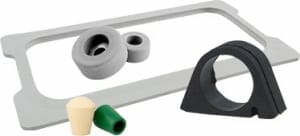
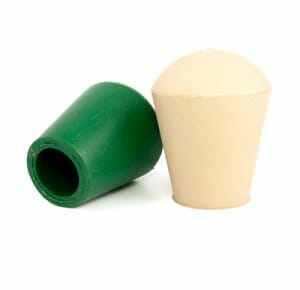
The Benefits of the Transfer Molding Process
- Economical process with high cavity count per mold per cycle
- Cost effective tooling
- Allows for rubber to metal bonding
- Allows for rubber overmolding
- Tighter dimensional tolerances than compression molding
- Ideal for large parts that require a long cure time
- Can process most elastomers and cure systems
Disadvantages of Rubber Transfer Molding
- Longer cycle times
- Mid-range precision and consistency
- Labor intensive
- Increased flash and waste
Transfer molding is an ideal process to not only produce precision molded rubber products, but also products that require rubber bonded to metal surfaces.
Transfer Molded Applications:
- Antenna Whip Assemble
- Automotive Rubber Bumpers
- Combine Parts
- Latches
- Custom Dental Grips

